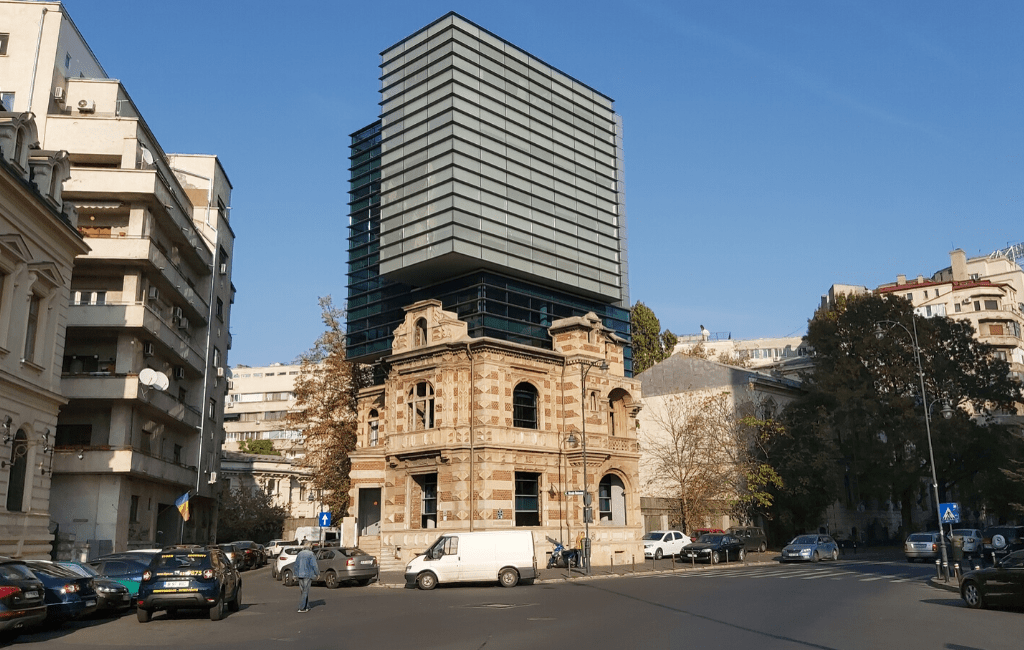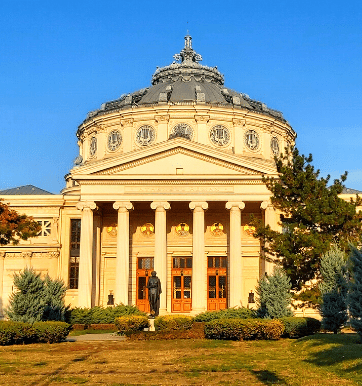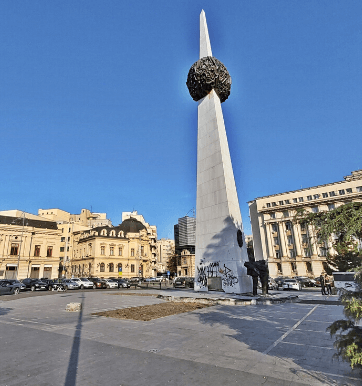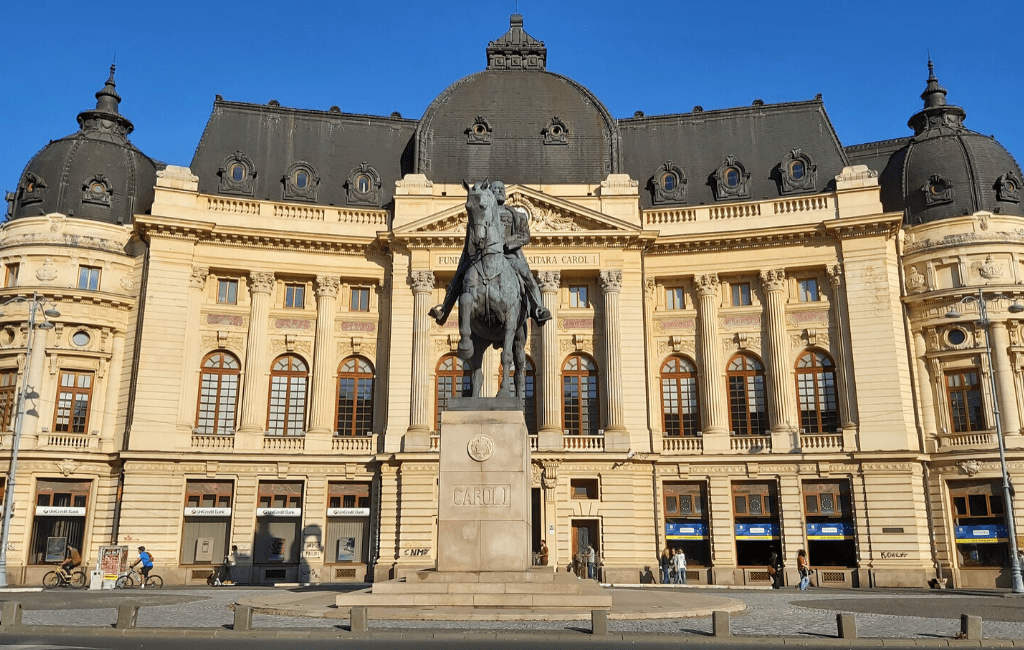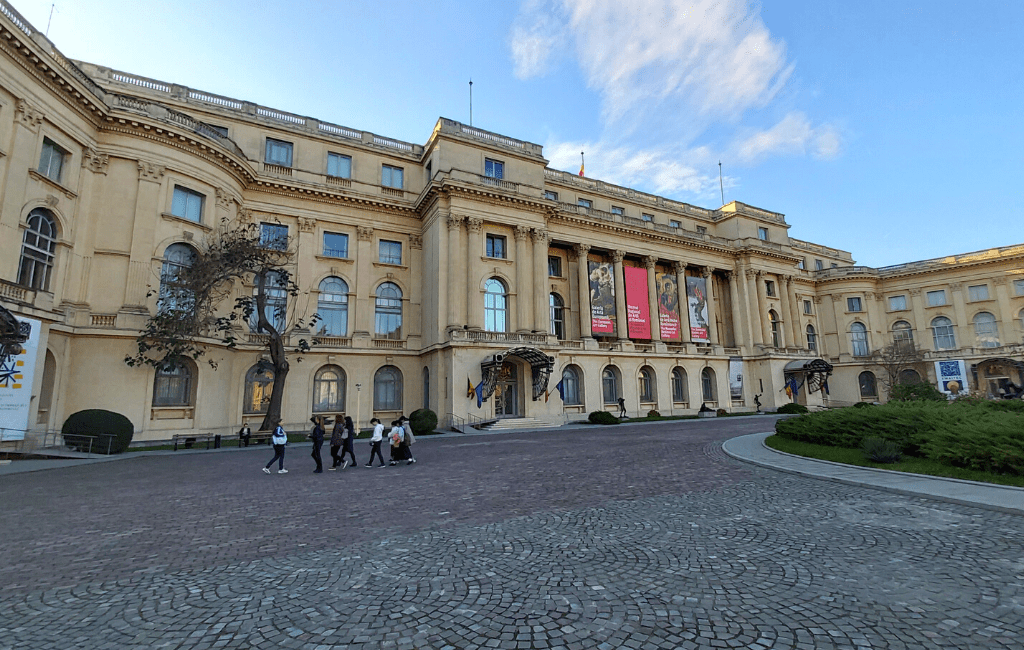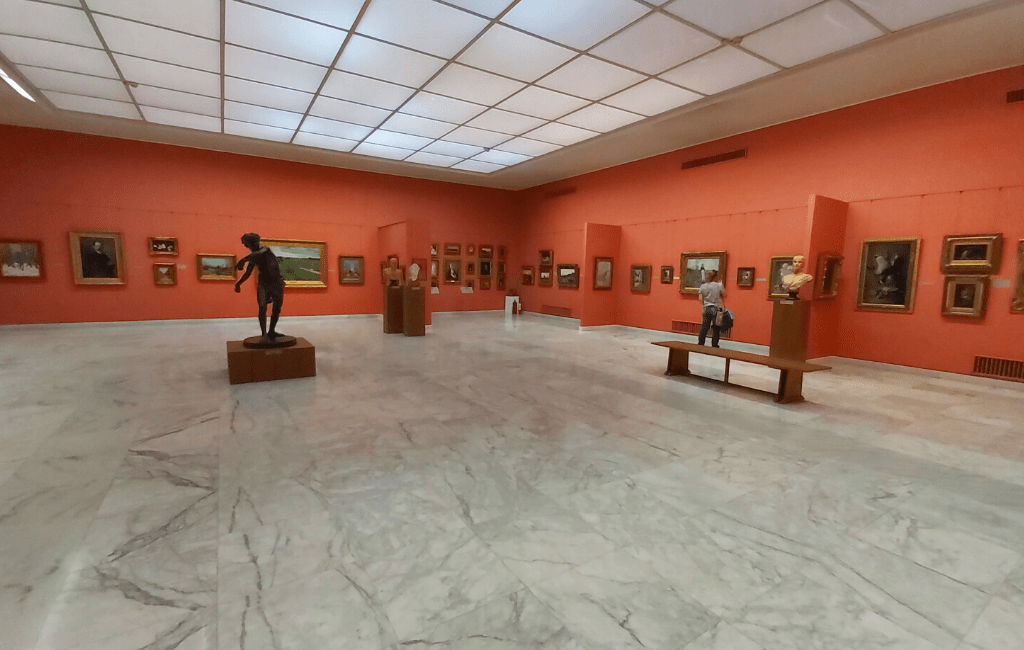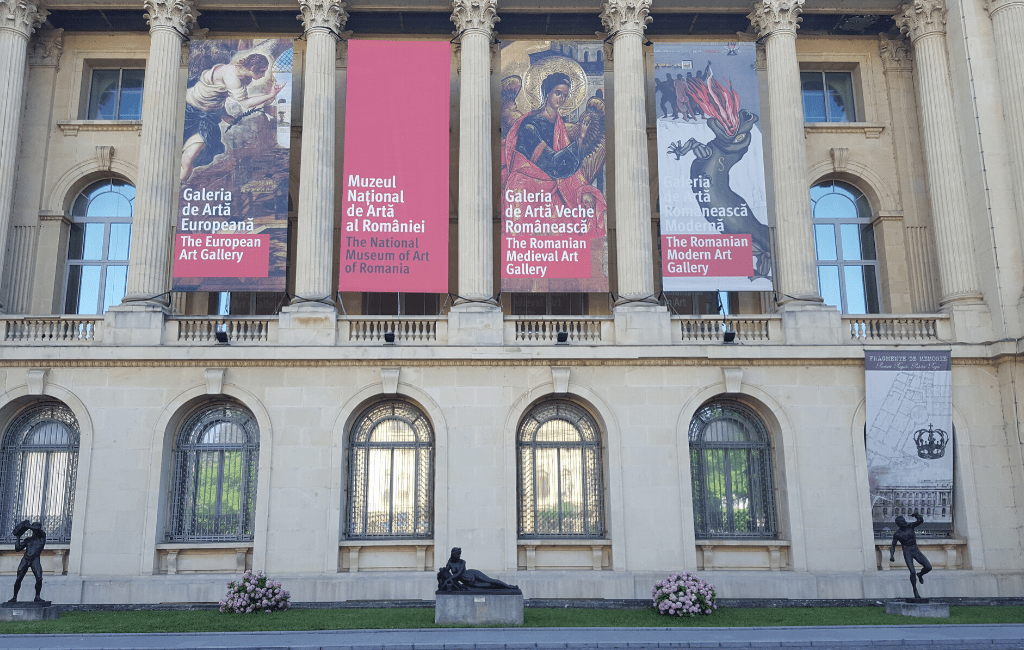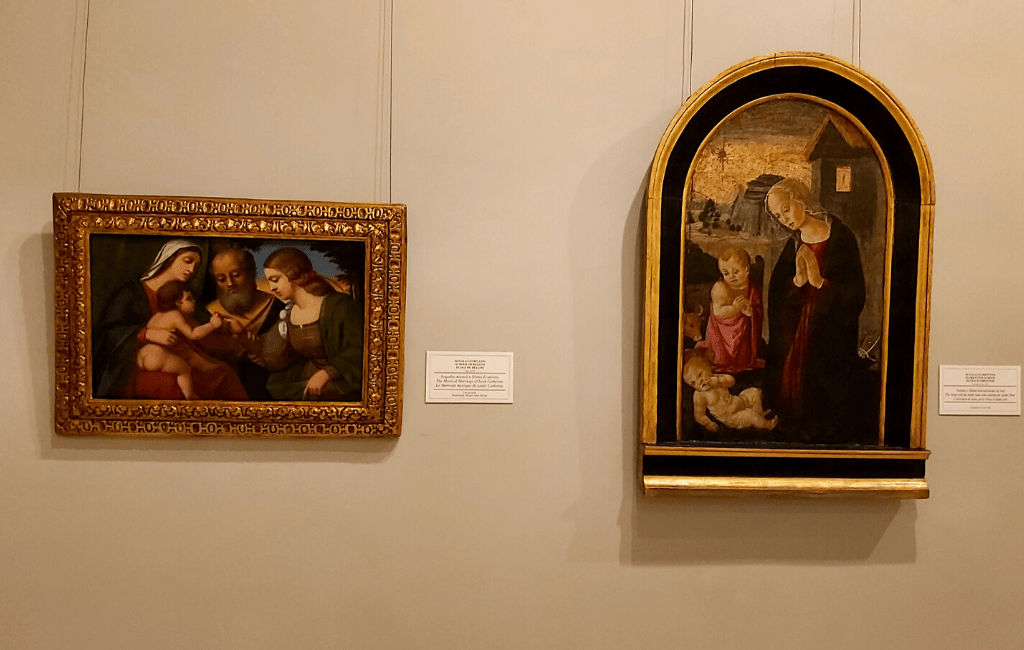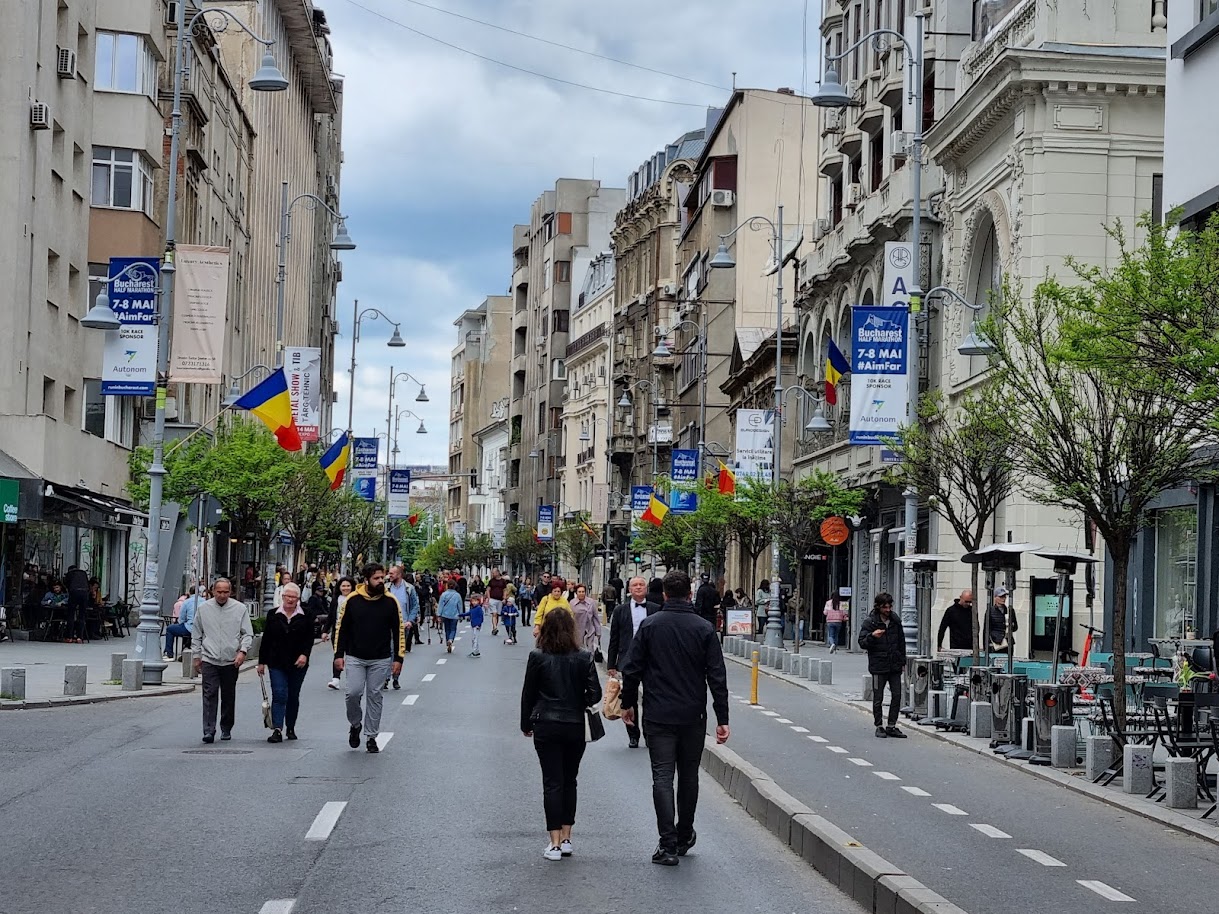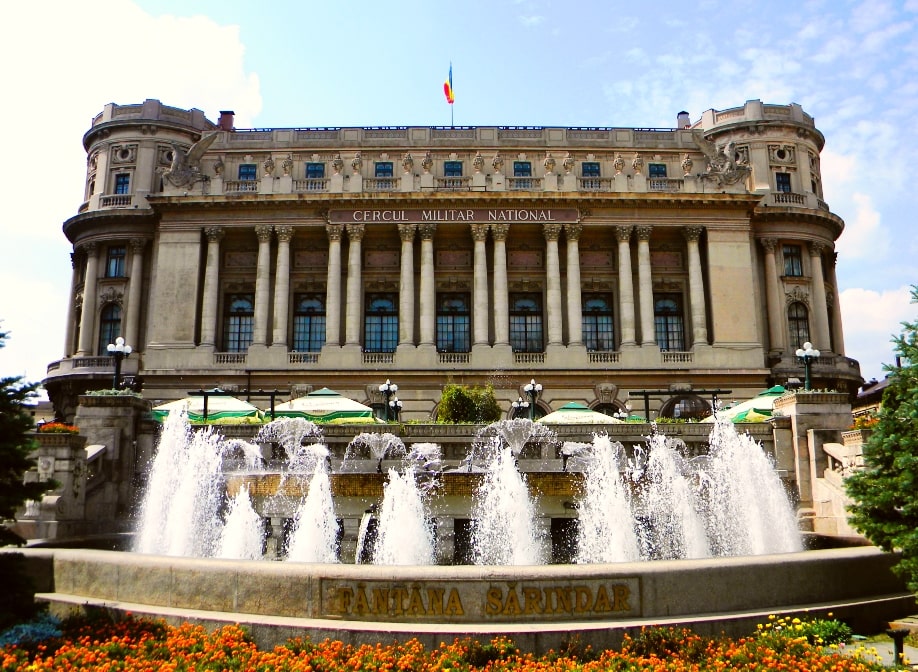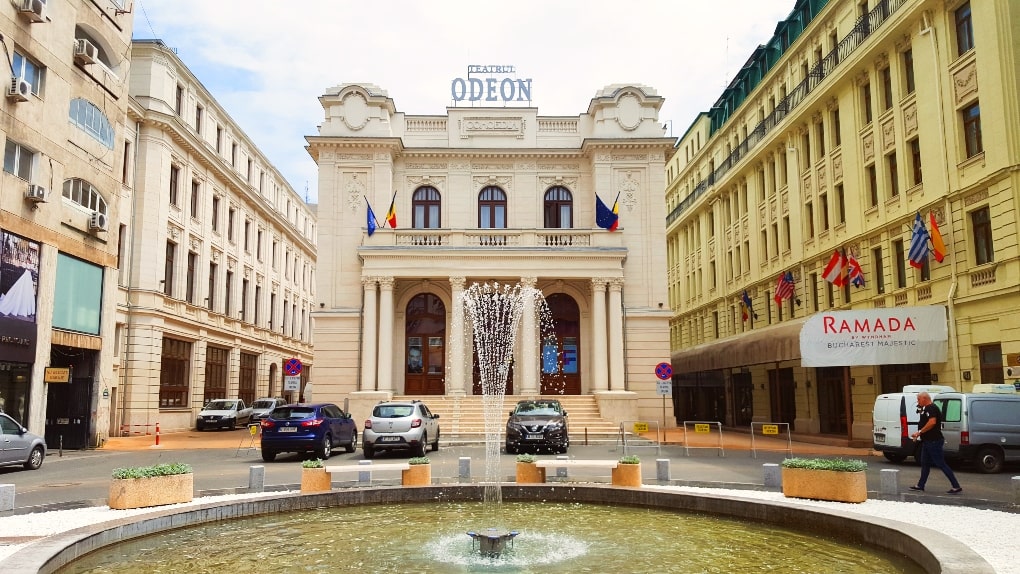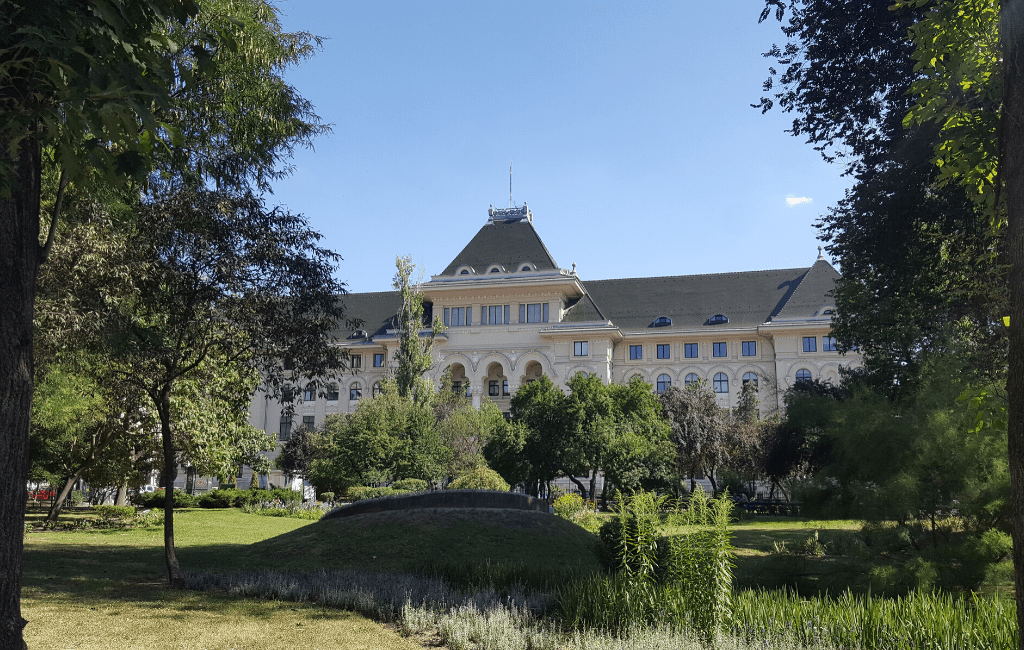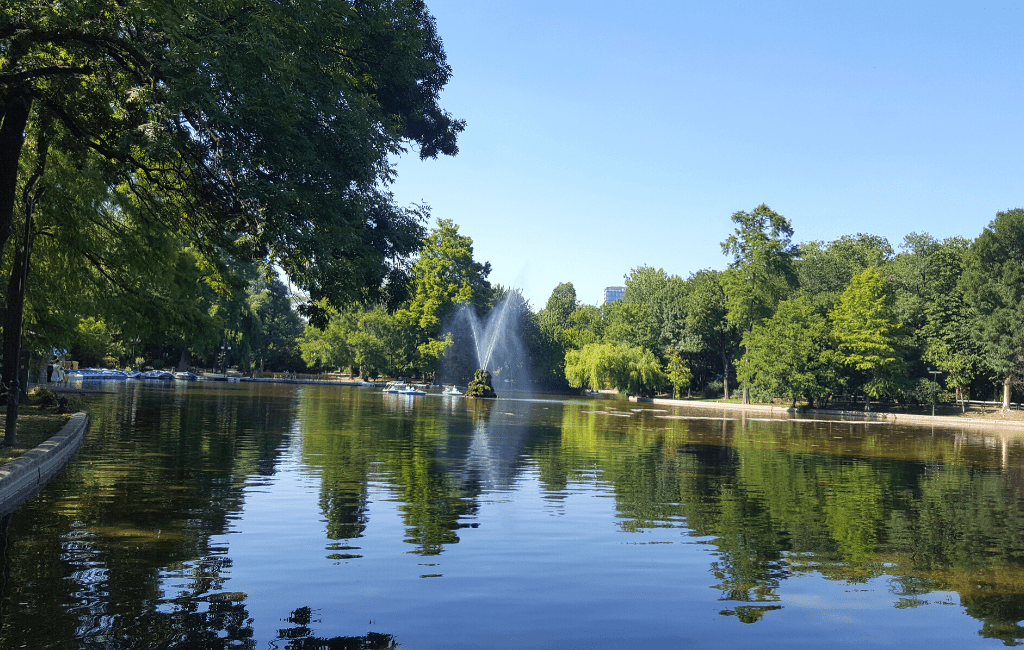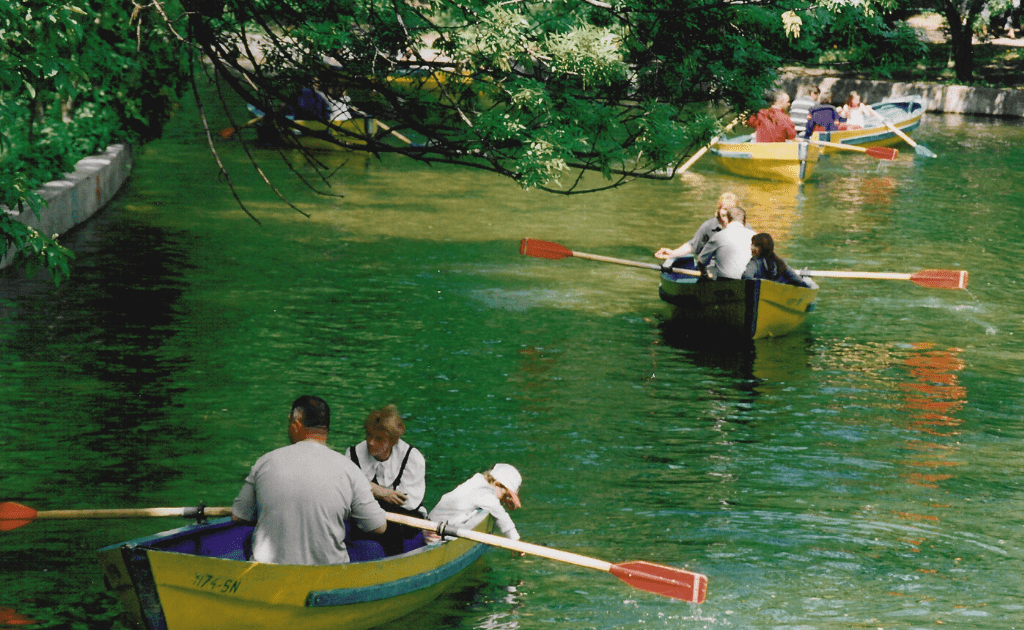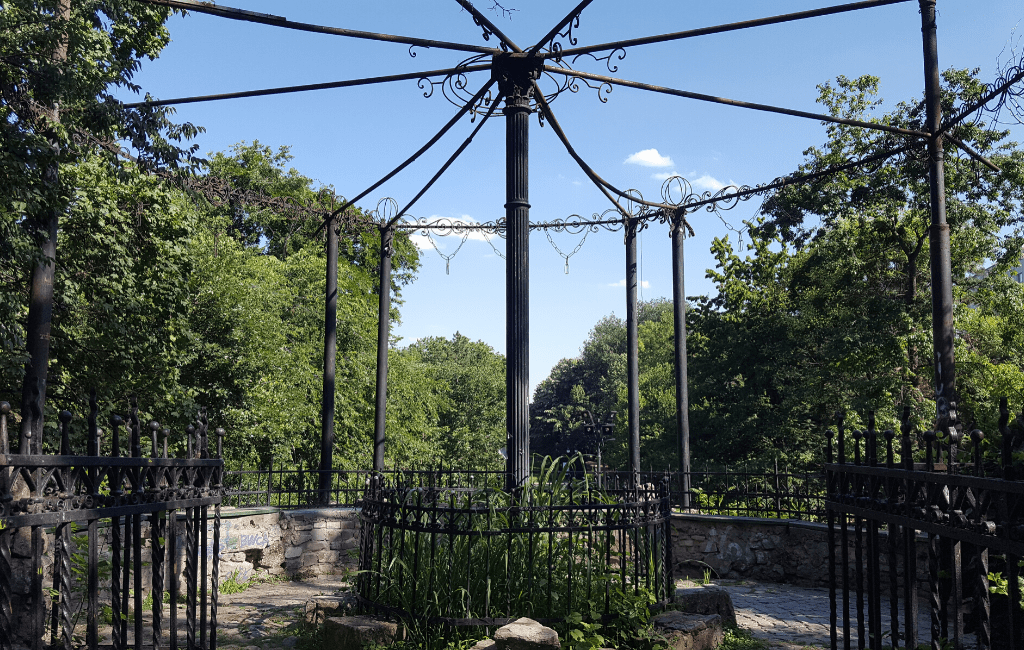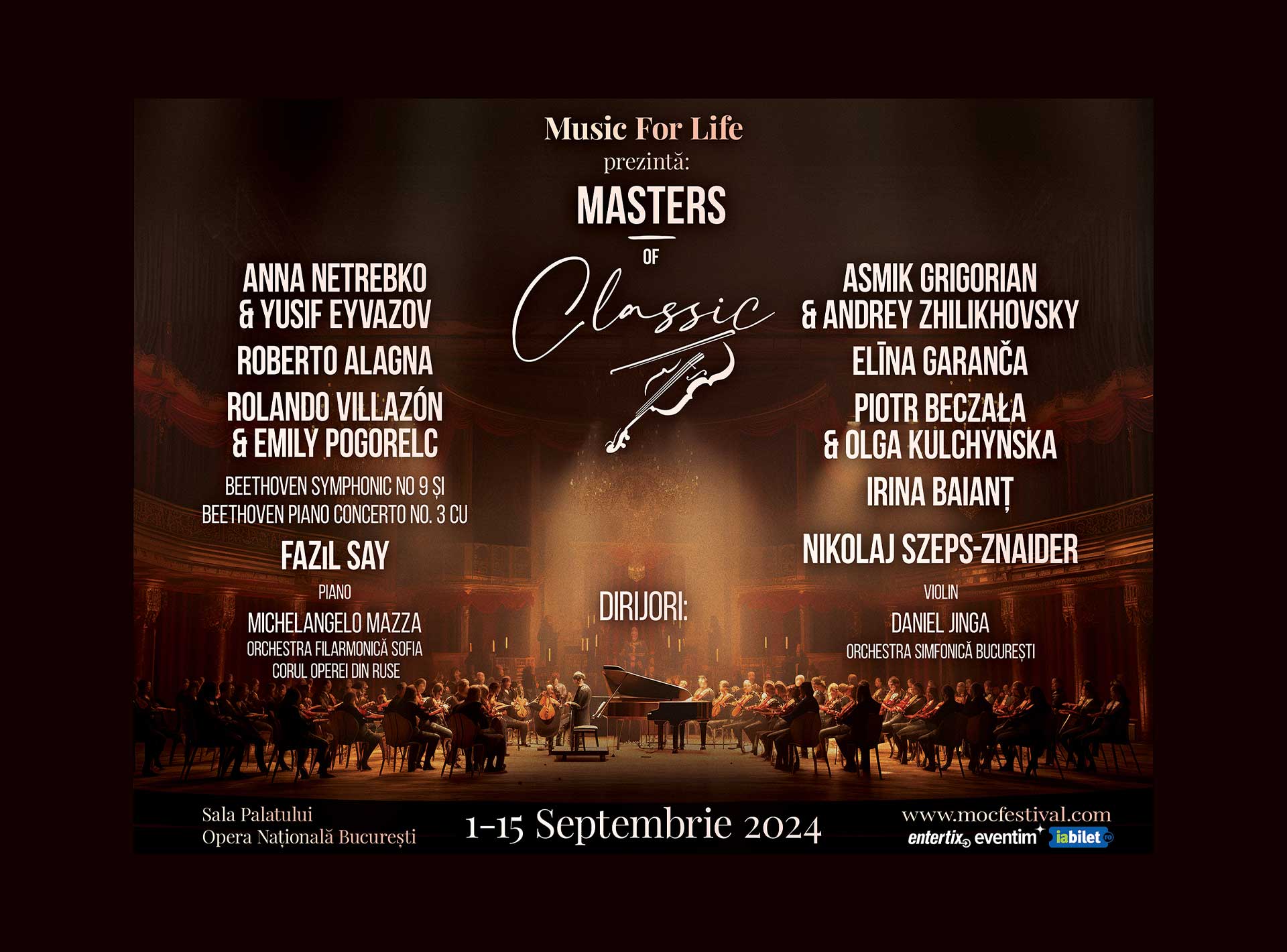Palace Hall - Sala Palatului
Nestled in the heart of Bucharest, Palace Hall (Sala Palatului) stands as a remarkable testament to the city's architectural evolution and cultural vibrancy. This conference centre and concert hall, located just behind the National Museum of Art, is a venue for significant events and a landmark steeped in history.
Even though it was built during the communist regime, the Palace Hall resisted in time as a landmark in the chaotic architecture of Bucharest.
Palace Hall Bucharest: A Glimpse into History
Constructed between 1959 and 1960 during the communist era, Palace Hall was part of a larger architectural ensemble aimed at reshaping Bucharest's urban landscape. The building was designed in a style that reflects the socialist realism prevalent at the time, showcasing a blend of functionality and grandeur.
Originally intended to host various cultural and political events, Palace Hall has become a key venue for concerts, conferences, and exhibitions. Its main auditorium can accommodate over 4,000 guests, making it one of the largest concert halls in Romania.
The 2,000-square-meter foyer serves as an exhibition space, enhancing its versatility as a multifunctional venue.
Even now, Palace Hall hosts events, concerts, festivals, and elections or political events for local parties.
Attractions near Palace Hall
Revolution Square: A Historic Neighbor
Just a short walk from Palace Hall lies Revolution Square (Piața Revoluției), a site of profound historical significance. This square was the epicentre of Romania's 1989 Revolution, which led to the fall of Nicolae Ceaușescu's regime. Visitors can explore notable landmarks within the square, including:
- Romanian Athenaeum. The Romanian Athenaeum is an architectural jewel whose uniqueness and merits were recognized by the fact that it was classified as a historical monument in 2004 and has been part of the European heritage since 2007, which is granted to sites with a substantial symbolic value for European history and heritage. Located on Calea Victoriei, the Romanian Athenaeum is an important cultural centre and a must-see architectural gem, but is also defined by the fact that it is one of the oldest and most important cultural institutions in Bucharest.
- The former Central Committee of the Romanian Communist Party: Now hosting the Ministry of Interior headquarters, this building was a focal point during the revolution.
- The Memorial of Rebirth: This poignant monument commemorates those who lost their lives during the revolution and serves as a reminder of Romania's journey towards democracy.
Palace Hall is surrounded by several other attractions that enhance its appeal.
National Museum of Art of Romania
Housed in the former Royal Palace, this museum boasts an impressive collection of Romanian and European art, making it a must-visit for art enthusiasts.
Calea Victoriei
Calea Victoriei is known as an aristocratic street and the most famous street in Bucharest.
The history of this street begins in the 16th century. During that time, the street was divided into two smaller streets: the first ran from the Royal Court to the National Military Circle.
As you will see during your Calea Victoriei Tour, this street has magnificent buildings. Most of them were built for wealthy families at the end of the 19th century or the beginning of the 20th century. Start your tour from Victoriei Square after you visit the Grigore Antipa Museum.
St. Joseph's Cathedral
An architectural gem that adds to the square's charm, this cathedral is known for its stunning neo-Gothic style and serene atmosphere. This iconic building features stunning neo-Romanian architecture. Although not open to the public for tours, its exterior is worth admiring.
Cismigiu Park
A short stroll away, Cismigiu Park is a historic park offering lush greenery and tranquil paths ideal for relaxation or leisurely walks.
Events at the Palace Hall
Over the years, Palace Hall has hosted numerous prestigious events, including international conferences and cultural festivals. Notable performances have graced its stage from renowned artists, and for a list of all the Bucharest concerts, you can check our website.
These events showcase local talent and attract international acts, solidifying Palace Hall's reputation as a premier venue for music and culture in Romania.
Palace Hall (Sala Palatului) is more than just an architectural landmark; it embodies Bucharest's rich history and cultural dynamism. Its proximity to Revolution Square adds layers of significance to any visit, allowing guests to reflect on Romania's past while enjoying contemporary performances in a magnificent setting. Whether attending a concert or exploring nearby attractions, visitors will find that this area offers a compelling glimpse into Bucharest's heritage and vibrant present.
How to Get to Palace Hall - Sala Palatului
FOLLOW US
© 2025 All rights reserved.
Webdesigned and promoted by TUYA Digital


